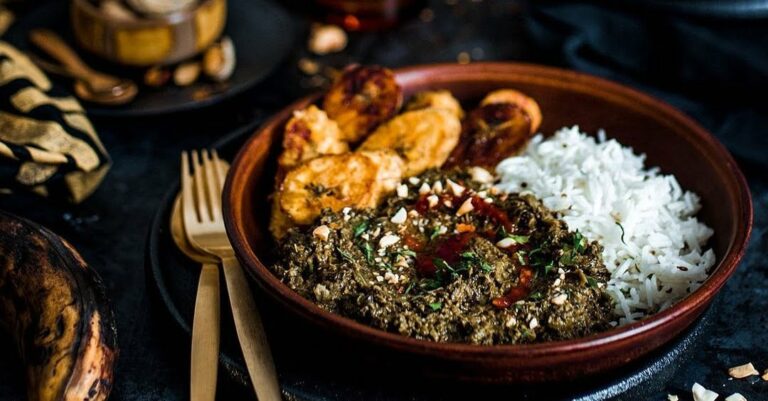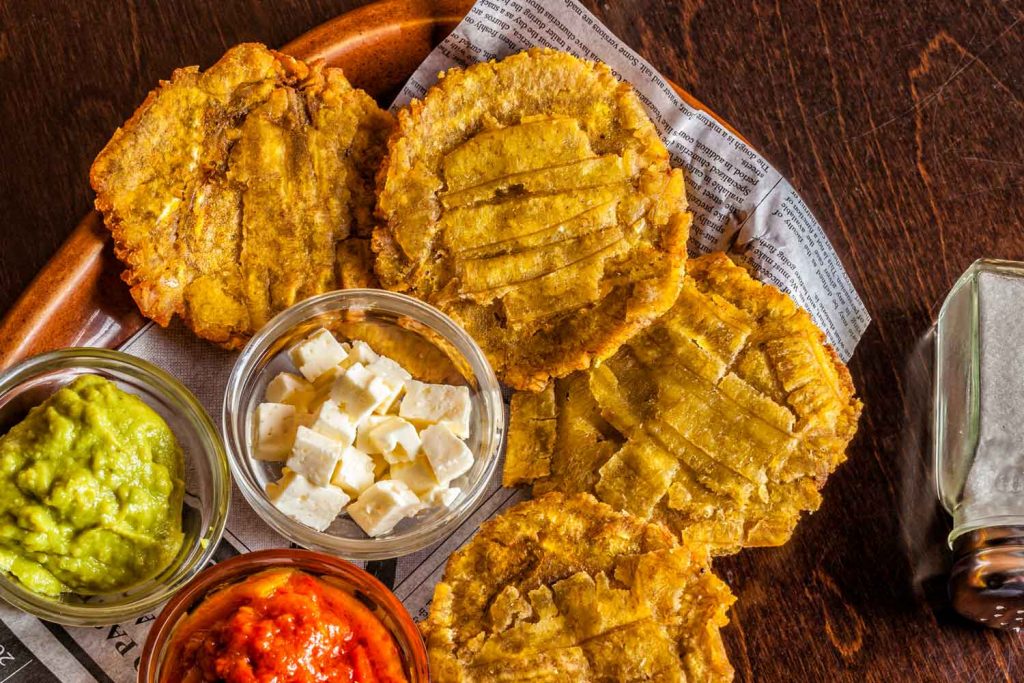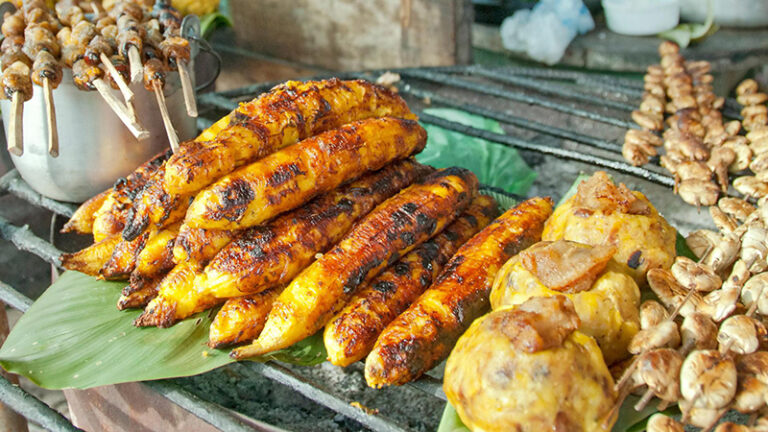Introduction: Congolese Cuisine
The Democratic Republic of Congo, located in Central Africa, has a rich culinary tradition that is influenced by its diverse ethnic groups and neighboring countries. Congolese cuisine features a variety of starchy staples such as cassava, plantain, and rice, along with meats, fish, and vegetables. The use of spices is an integral part of Congolese cooking, adding depth and complexity to the flavors of the dishes.
The Role of Spices in Congolese Cooking
Spices play a crucial role in Congolese cooking, not only for their flavor but also for their medicinal properties. Spices are believed to have healing properties and are used to treat various ailments in traditional medicine. They are also used to preserve food, as refrigeration is not widely available in many parts of the country. Congolese cuisine makes use of a wide range of spices, including ginger, garlic, cumin, turmeric, and coriander, among others.
Regional Variations in Spice Use
The use of spices in Congolese cuisine varies regionally, depending on the availability of ingredients and the influence of neighboring countries. In the east, where the country borders Rwanda and Burundi, spices such as cinnamon, cloves, and cardamom are commonly used in sweet dishes. In the west, where the country borders Angola, palm oil is a popular ingredient, giving dishes a unique flavor. In the north, where the country borders the Central African Republic, dishes tend to be spicier, with the use of chili peppers being more prevalent.
Popular Spices in Congolese Cuisine
There are several spices that are commonly used in Congolese cuisine. Ginger is a popular spice used in meat and vegetable dishes, while garlic is used in sauces and stews. Cumin is used in marinades and rubs for grilled meats, while turmeric is used in rice dishes and stews. Coriander is used in spice blends and is also used to garnish dishes. Other commonly used spices include nutmeg, cloves, and cinnamon.
The Heat Factor: How Spicy is Congolese Cuisine?
Congolese cuisine is known for its use of spices, but it is not typically considered spicy. While some dishes may be spicy, such as the popular dish of chicken or fish in peanut sauce, overall Congolese cuisine tends to be more flavorful than spicy. However, this can vary depending on the region and personal preference.
Spicy Dishes in Congolese Cooking
While Congolese cuisine is not typically known for its spiciness, there are some dishes that are considered spicy. One popular dish is poulet à la moambé, which is chicken in a rich, spicy sauce made with red palm oil, onions, garlic, and chili peppers. Another spicy dish is chikwanga, which is a steamed cassava cake served with a spicy sauce made with chili peppers, onions, and garlic.
Balancing Heat and Flavor in Congolese Cooking
In Congolese cooking, balancing heat and flavor is key. While some dishes can be spicy, the goal is not to overwhelm the taste buds with heat but to enhance the overall flavor of the dish. This is achieved by using a combination of spices and other ingredients such as herbs, vegetables, and fruits to create a well-rounded flavor profile.
Conclusion: Enjoying the Spices of Congolese Cuisine
In conclusion, Congolese cuisine is a flavorful and diverse culinary tradition that makes use of a wide range of spices. While not typically known for its spiciness, there are some dishes that pack a punch. However, the focus is on balancing heat and flavor to create a delicious and satisfying meal. Whether you are a fan of spicy food or prefer milder flavors, there is something for everyone to enjoy in Congolese cooking.






